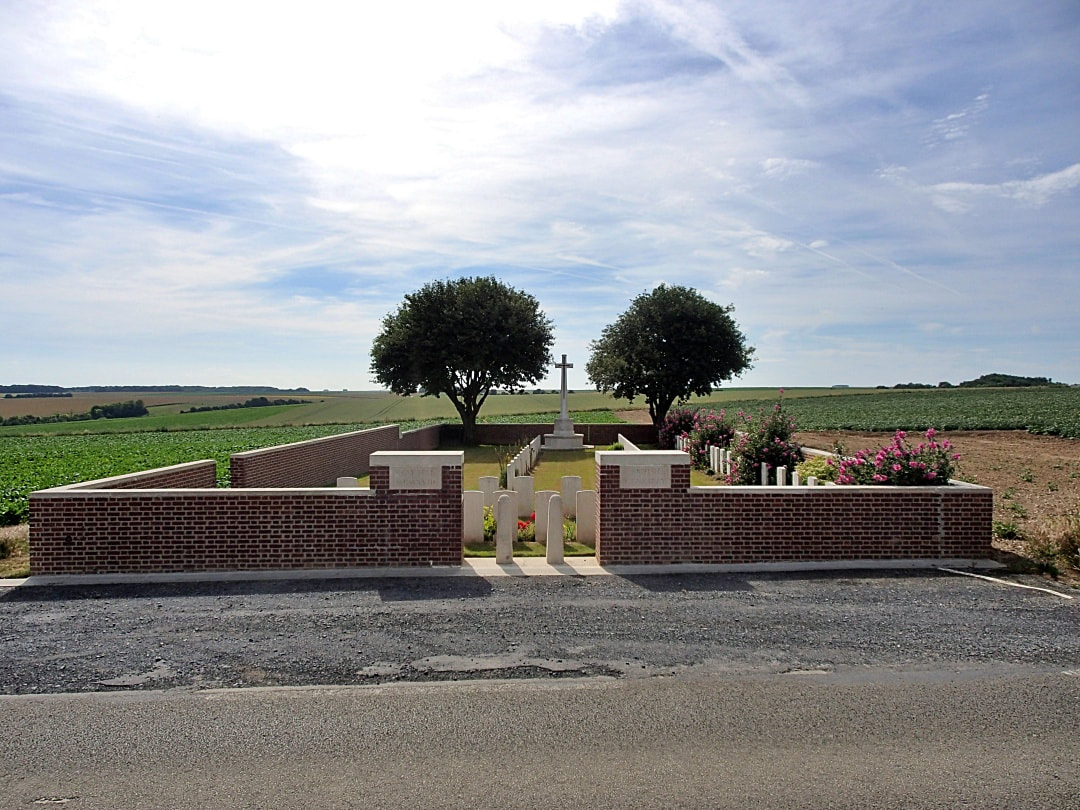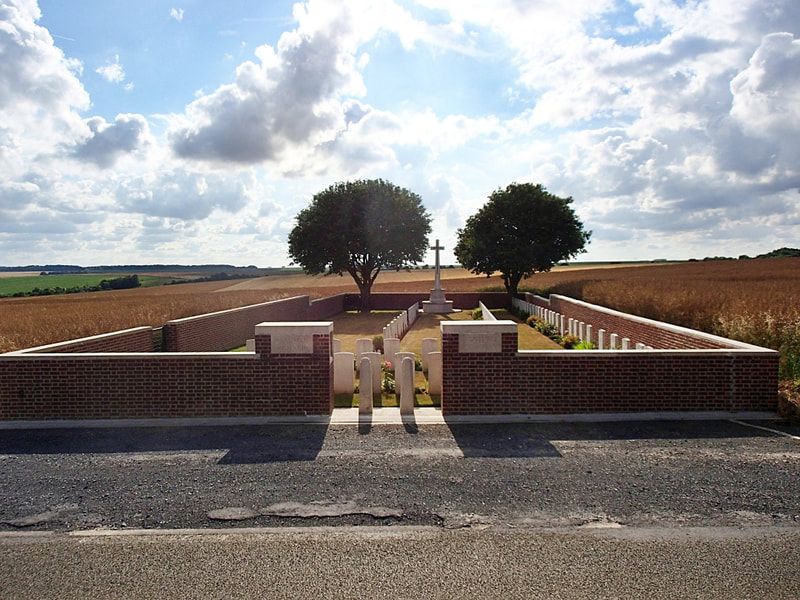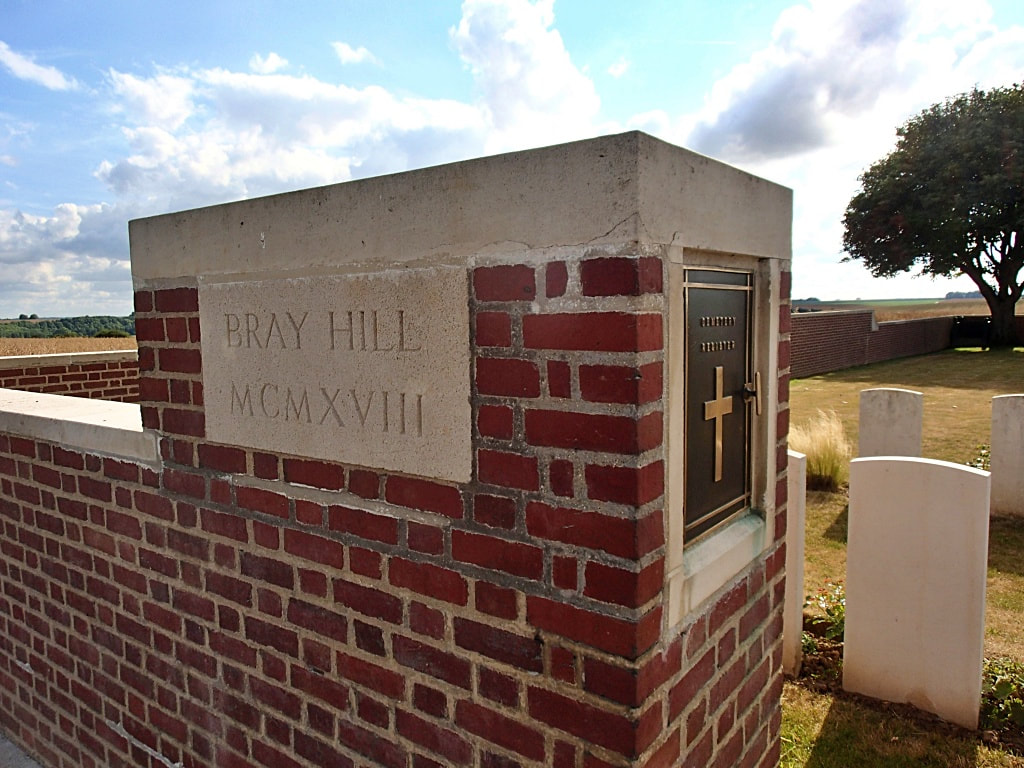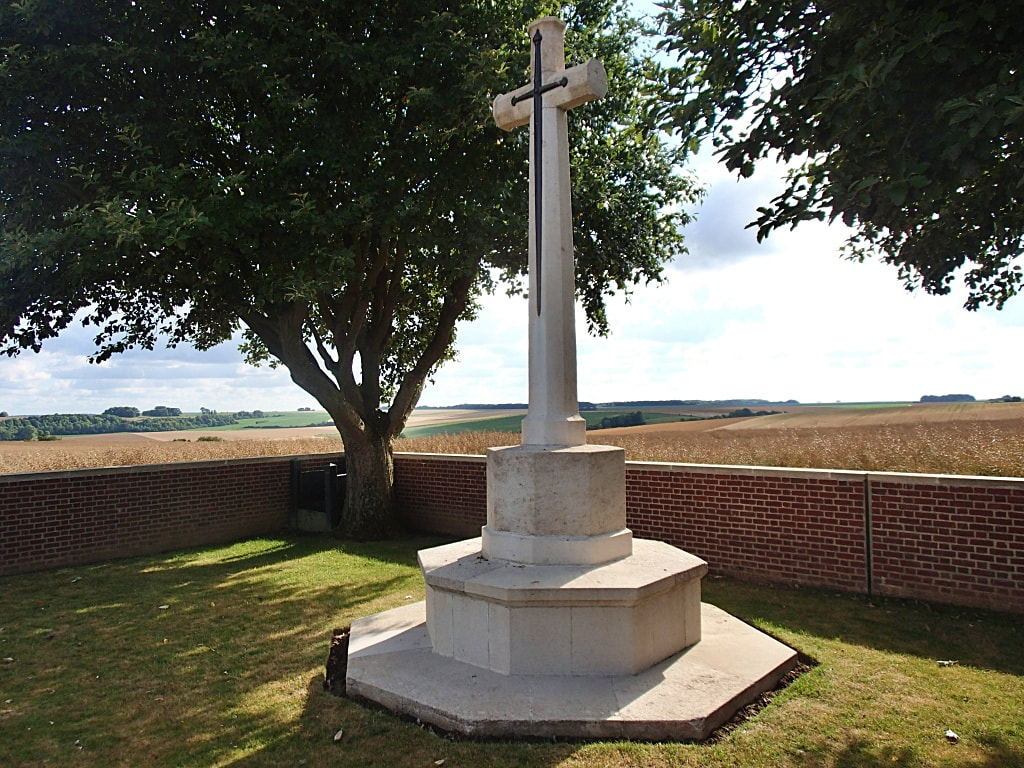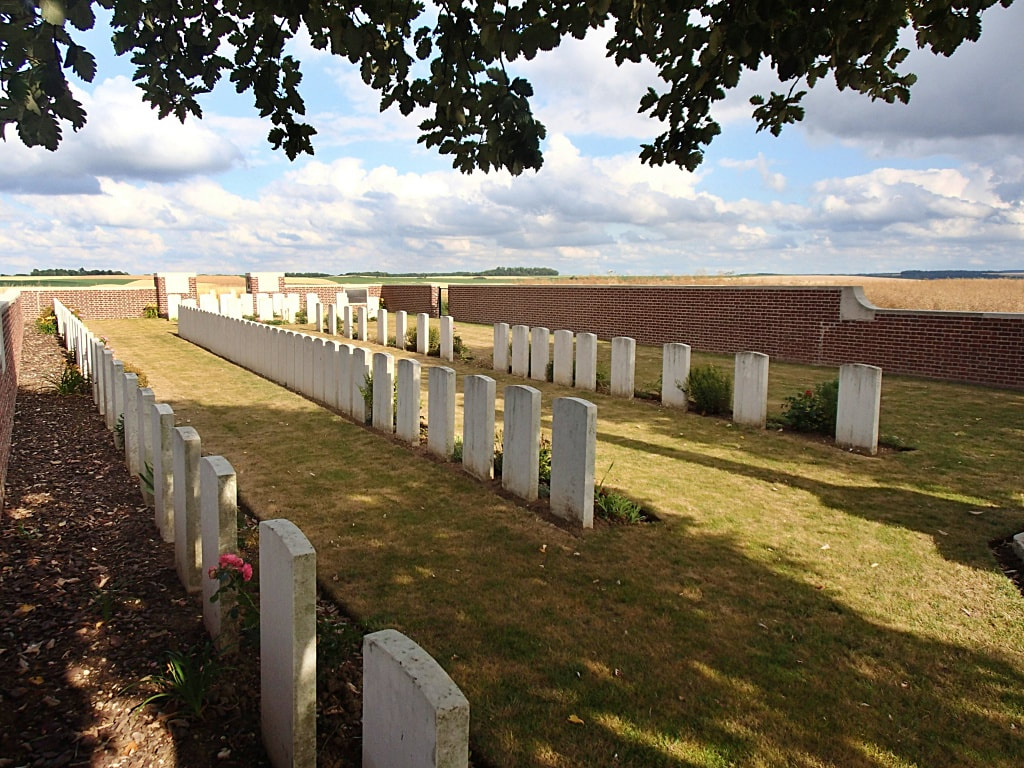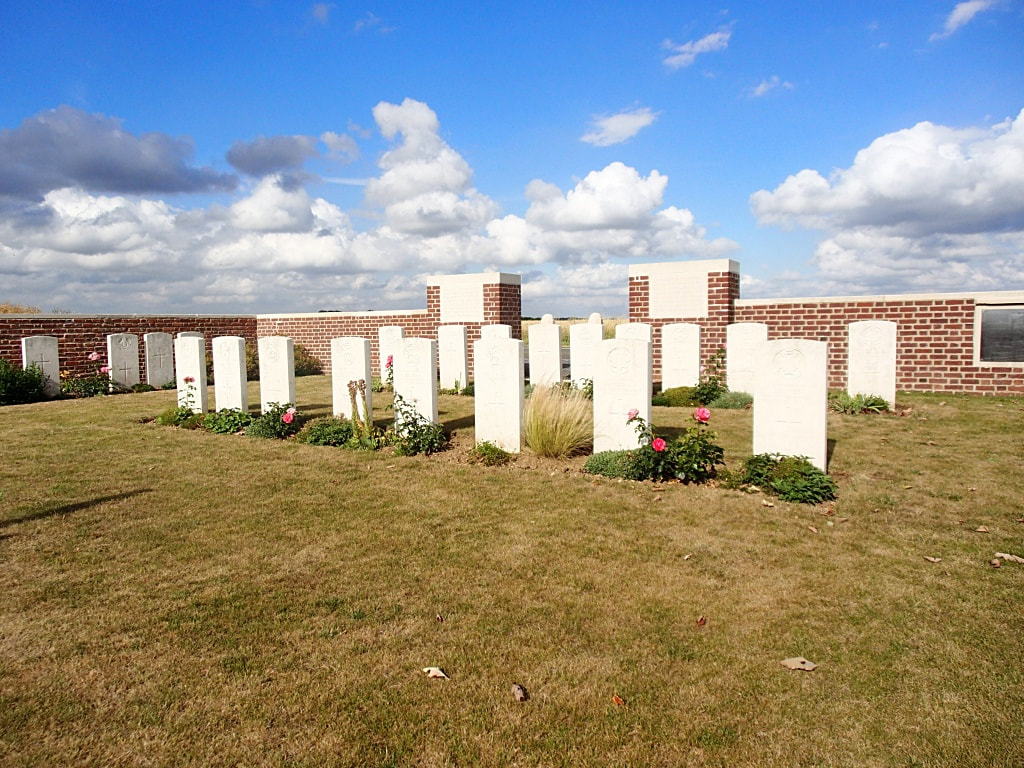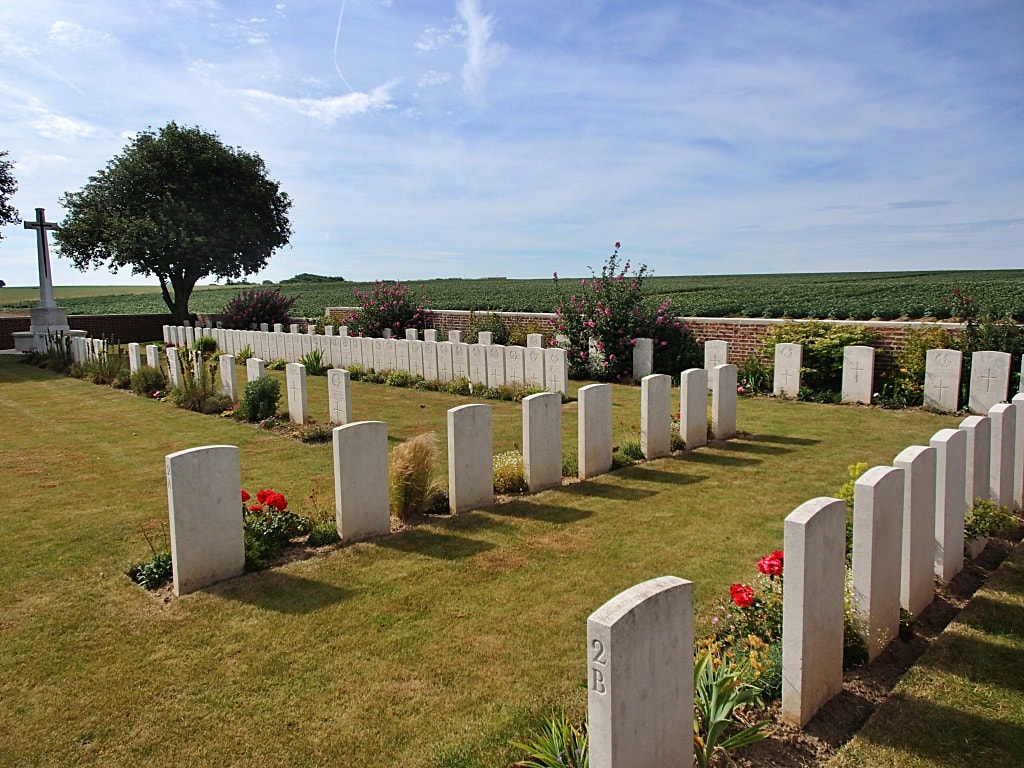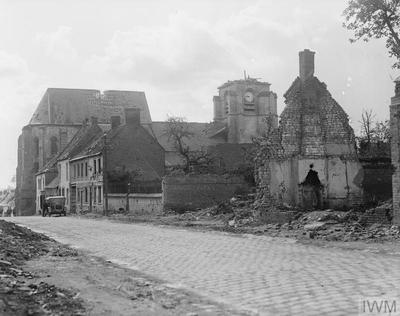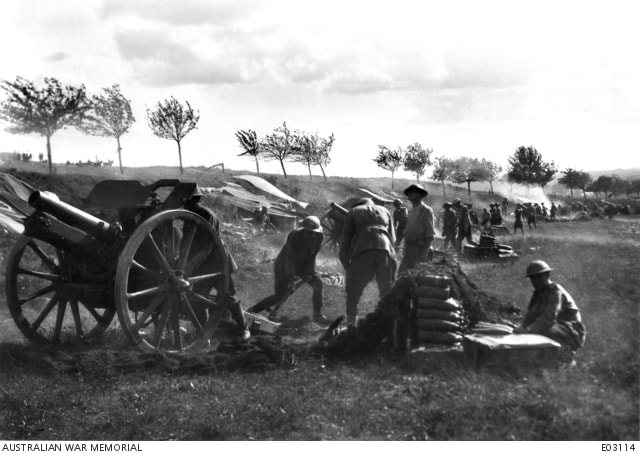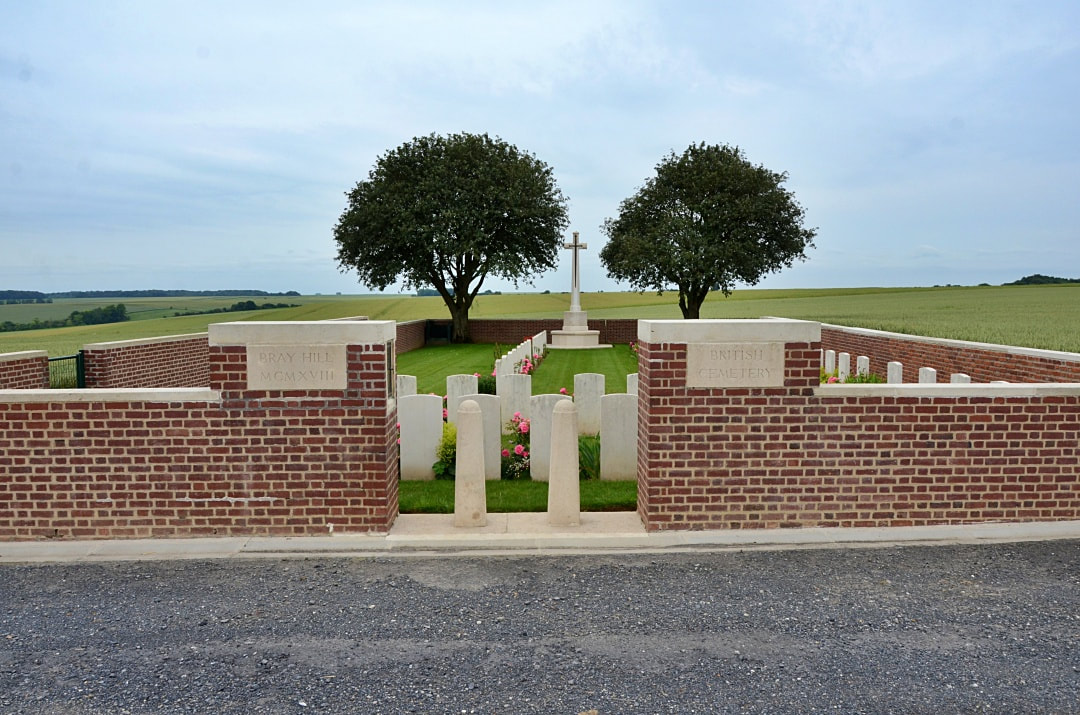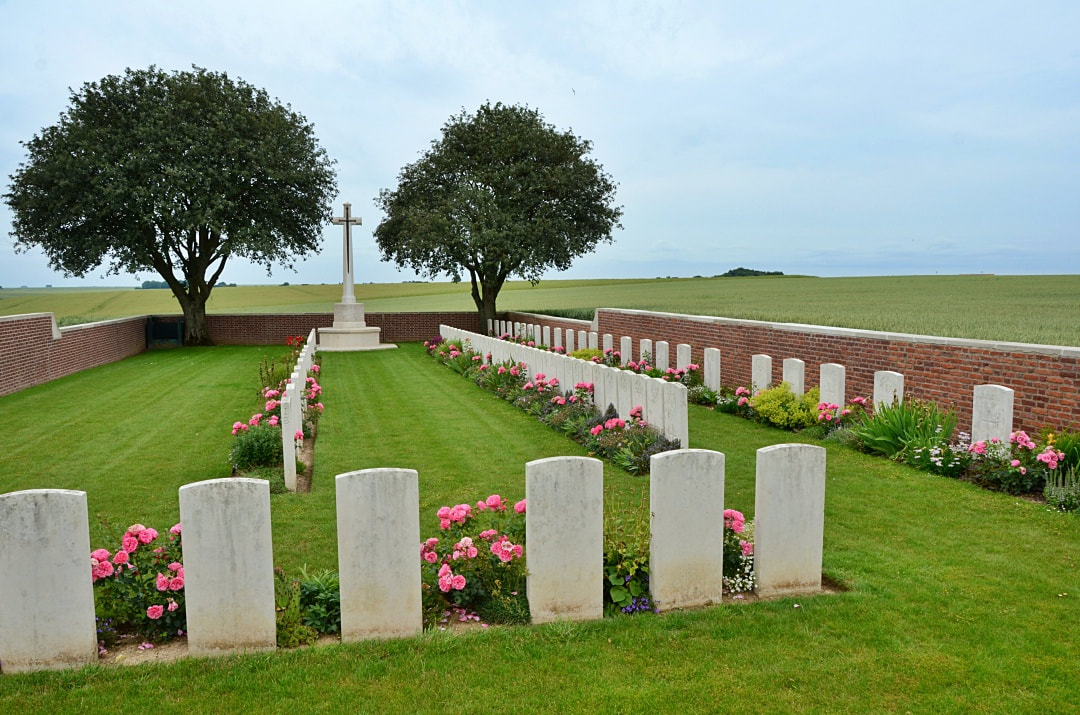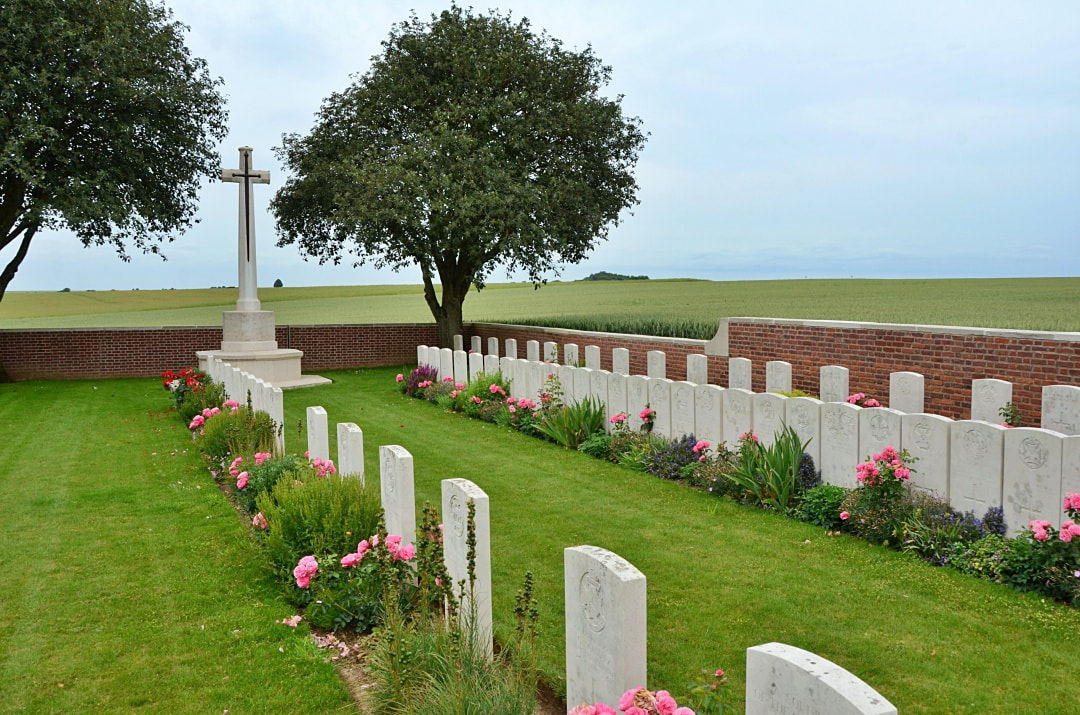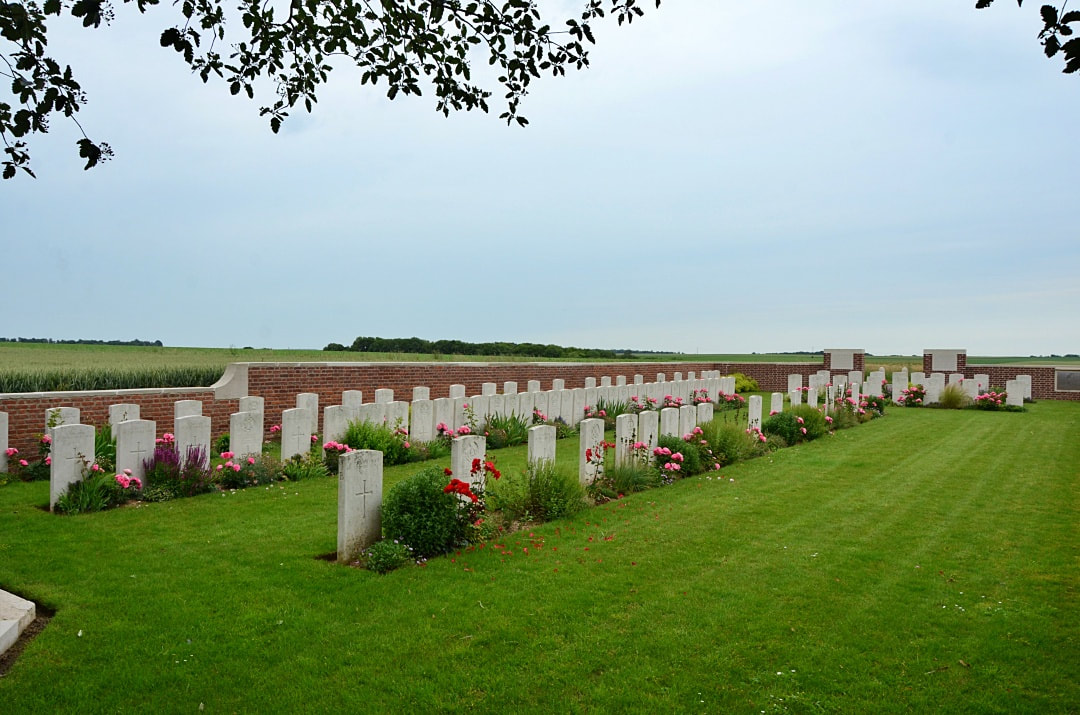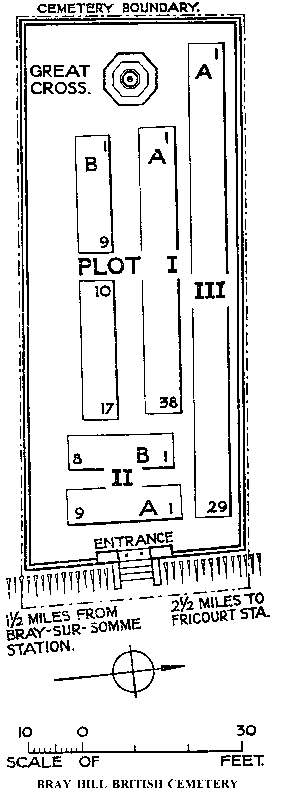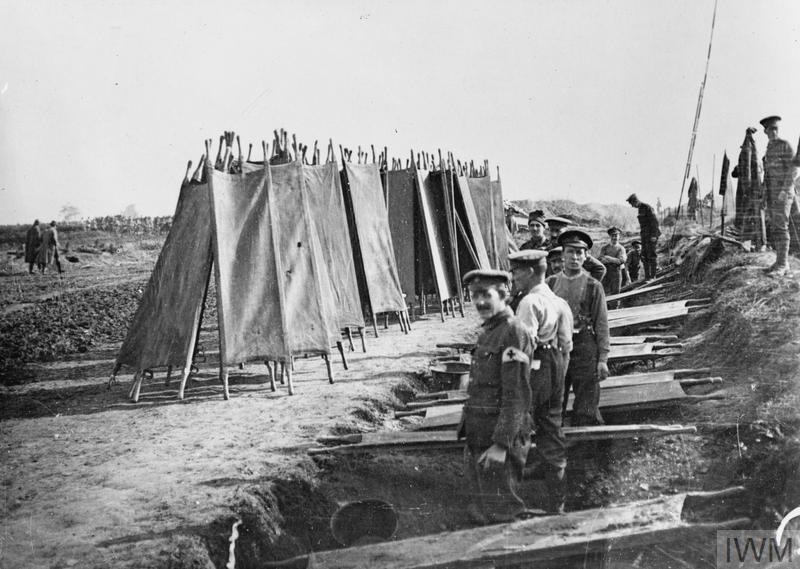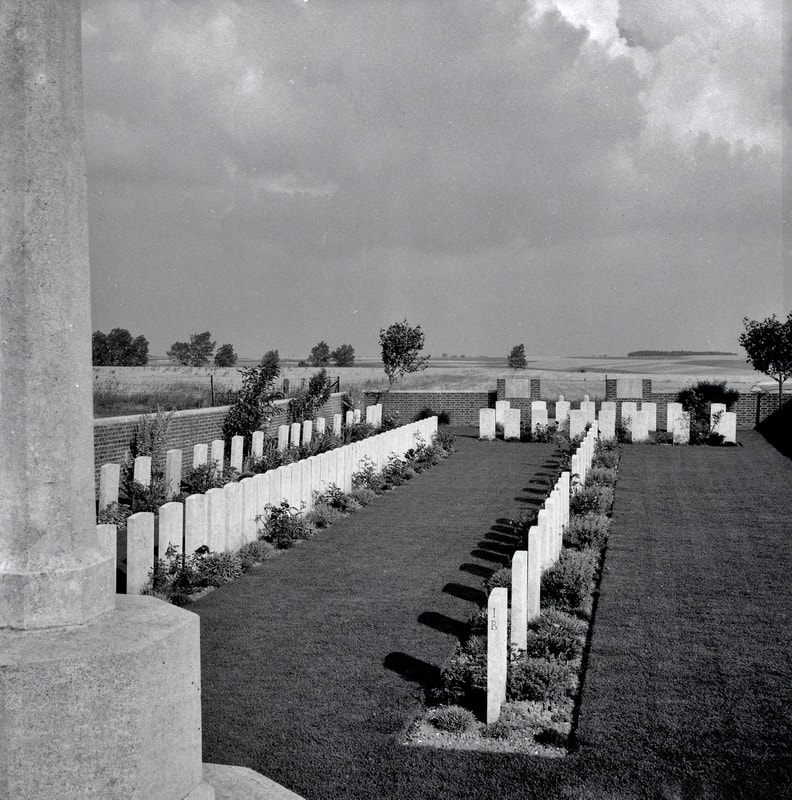BRAY HILL BRITISH CEMETERY
Bray-sur-Somme
Somme
France
GPS Coordinates - Longitude: 2.71716 Latitude: 49.95913
Location Information
Bray-sur-Somme is a village 9 kilometres south-east of Albert. The Cemetery is about 2 kilometres north of the village on the road to Fricourt.
Visiting Information
Wheelchair access to site possible - maybe by alternative entrance.
Historical Information
Bray-sur-Somme fell into German hands in March 1918, but it was retaken by the 40th Australian Battalion on the following 24 August.
Bray Hill British Cemetery was made on 31 August 1918, by the 58th (London) Division, which had taken part in the advance from Corbie. The original cemetery (now part of Plot I) contained 41 graves but was increased after the Armistice when graves were brought in from the battlefields of March and August 1918, between Bray and Fricourt.
The cemetery now contains 105 First World War burials, 32 of which are unidentified.
Commonwealth Identified Casualties: United Kingdom 70, Australia 2. Total 72.
Commonwealth Unidentified Casualties: United Kingdom 32.
The cemetery was designed by A J S Hutton.
Bray-sur-Somme is a village 9 kilometres south-east of Albert. The Cemetery is about 2 kilometres north of the village on the road to Fricourt.
Visiting Information
Wheelchair access to site possible - maybe by alternative entrance.
Historical Information
Bray-sur-Somme fell into German hands in March 1918, but it was retaken by the 40th Australian Battalion on the following 24 August.
Bray Hill British Cemetery was made on 31 August 1918, by the 58th (London) Division, which had taken part in the advance from Corbie. The original cemetery (now part of Plot I) contained 41 graves but was increased after the Armistice when graves were brought in from the battlefields of March and August 1918, between Bray and Fricourt.
The cemetery now contains 105 First World War burials, 32 of which are unidentified.
Commonwealth Identified Casualties: United Kingdom 70, Australia 2. Total 72.
Commonwealth Unidentified Casualties: United Kingdom 32.
The cemetery was designed by A J S Hutton.
Cemetery images in gallery below © Johan Pauwels
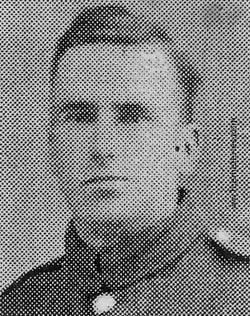
422417 Private
Frederick George Aylott
"A" Company, 2nd/10th Bn. London Regiment
24th August 1918, aged 22.
Plot I. A. 26.
Son of John and Harriett Aylott, of 49, Cowley Rd., Wanstead, Essex.
Frederick George Aylott
"A" Company, 2nd/10th Bn. London Regiment
24th August 1918, aged 22.
Plot I. A. 26.
Son of John and Harriett Aylott, of 49, Cowley Rd., Wanstead, Essex.
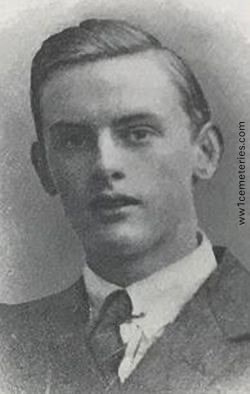
738236 Private
Frederick John Bean
24th Bn. London Regiment
22nd August 1918, aged 18.
Plot I. B. 10.
Son of Frederick George and Emily Bean, of Wandsworth, London.
His headstone bears the inscription "Until The Day Dawns"
Frederick John Bean
24th Bn. London Regiment
22nd August 1918, aged 18.
Plot I. B. 10.
Son of Frederick George and Emily Bean, of Wandsworth, London.
His headstone bears the inscription "Until The Day Dawns"
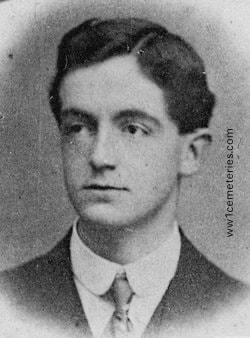
Second Lieutenant
Stephen Hindle
Tank Corps
26th March 1918, aged 23.
Plot II. B. 5.
Son of Stephen and Agnes H. Hindle, of 12, Sutherland Avenue, Maxwell Park, Glasgow.
Stephen Hindle
Tank Corps
26th March 1918, aged 23.
Plot II. B. 5.
Son of Stephen and Agnes H. Hindle, of 12, Sutherland Avenue, Maxwell Park, Glasgow.

48794 Rifleman
Leslie Roy Richardson
Rifle Brigade posted to 2nd/10th Bn. London Regiment
24th August 1918, aged 19.
Plot I. A. 19.
Son of Mr. and Mrs. J. Richardson, of 54, All Saints St., Hastings.
His headstone bears the inscription "Lest We Forget"
Leslie Roy Richardson
Rifle Brigade posted to 2nd/10th Bn. London Regiment
24th August 1918, aged 19.
Plot I. A. 19.
Son of Mr. and Mrs. J. Richardson, of 54, All Saints St., Hastings.
His headstone bears the inscription "Lest We Forget"
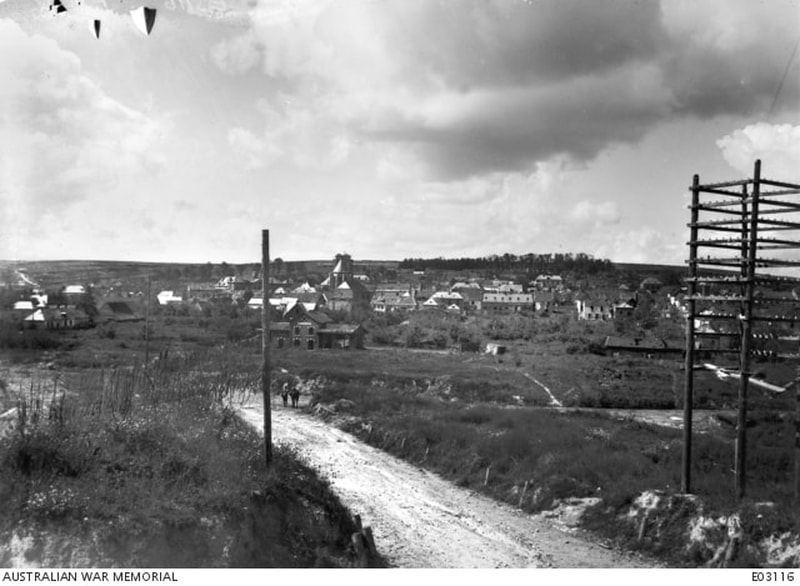
26th August 1918; The village of Bray, photographed from the north east. Bray was taken on the night of 23 August 1918, by a direct frontal surprise attack, of the 40th (Australian) Battalion, assisted on the left flank by the 37th and 38th Battalions. The railway station is in the foreground and directly behind is the ruined church used as a hospital by the enemy. The structure on the right is a field telephone distribution small tower.

